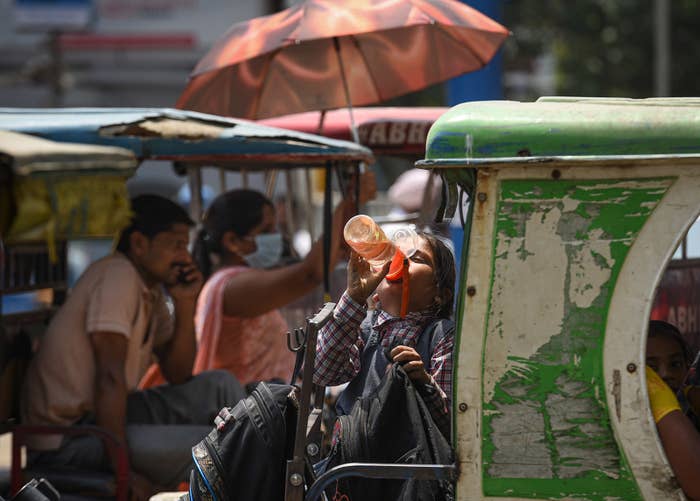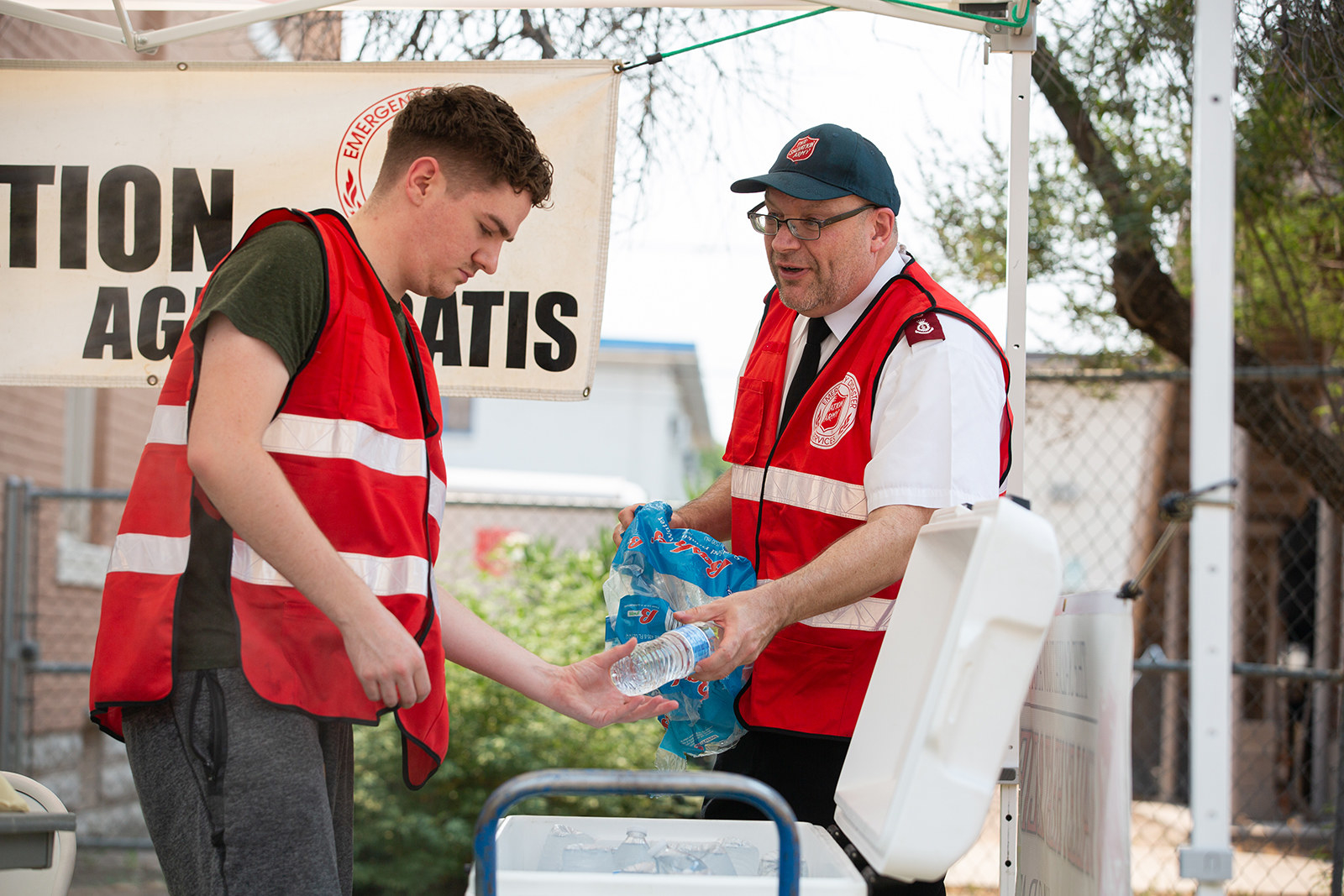
A staggering heat wave in India and Pakistan, which has exposed more than a billion people to extreme heat for weeks and thousands to temperatures up to 120 degrees Fahrenheit, is the latest example of how weather patterns worsened by climate change are causing people to become sick and die. The Western India state Maharashtra has already registered 25 heat-related deaths since late March.
Air conditioning is scarce in India. Moreover, the high demand for electricity is overloading the grid, leaving millions without power and adding to their heat risk. It could be months before the full damage of this extreme heat on people’s health is known.
Extreme heat waves exacerbated by climate change are also impacting North America. Last summer, the Pacific Northwest struggled through record high temperatures that killed more than 1,000 people.
“All those deaths were preventable,” said Kristie Ebi, an epidemiologist at the University of Washington. “Climate change is killing people today, to put it as bluntly as possible.”
“Until net greenhouse gas emissions end,” said Imperial College London’s climate scientist Friederike Otto, “heat waves in India and elsewhere will continue to become hotter and more dangerous.”
The stakes for human health couldn’t be higher.
The planet has already warmed 1.1 degrees Celsius (about 2 degrees Fahrenheit) compared to preindustrial levels, a result of human activities releasing greenhouse gasses into the atmosphere. If Earth’s temperature reaches 1.5 degrees Celsius — which we are expected to reach in the 2030s or early 2040s — we could see 30,000 people die each year because of extreme heat, according to an Intergovernmental Panel on Climate Change report from last August.

One of the reasons heat can be so dangerous is because people don’t take the risk seriously.
“Heat is a familiar exposure for a lot of people, and most people feel like it's a manageable exposure,” said Jeremy Hess, an emergency room doctor at Harborview Medical Center in Seattle. “But people should also be mindful of when they and people they care for might become at risk.”
The human body can usually keep itself cool with self-regulating mechanisms, such as sweating, he explained. But if the temperature gets too hot, your body may struggle to regulate itself.
“We maintain our body temperatures within a pretty narrow range,” Hess said. “When people can’t either perceive the temperature as normal or don’t have control over their temperature, they can’t maintain their heat balance.”
The result could be heat exhaustion, which can result in fatigue, excessive sweating, dizziness or disorientation, nausea, vomiting, fainting, or a headache. If you start to experience these symptoms, health experts recommend that you slow down or stop what you’re doing and move to a shady, or, more ideally, an air-conditioned space. Putting your feet in cold water, wearing light, breathable clothing, and sitting in front of a fan while covering your skin with water can also help cool the body down.
But if these symptoms aren’t addressed, you can quickly go from bad to worse. That’s when heat exhaustion progresses to what’s called heatstroke, which can cause altered mental status, dry skin, a rapid heart rate and breathing, seizures, and even death.
“Once you tip over the threshold and you’re no longer able to maintain your temperature within that range, everything can quickly go downhill physiologically,” Hess said.
Anyone who spends a lot of time in the heat, especially doing physical activity, can get sick. But people who work outdoors, athletes, pregnant people, young children, older adults, people who experience mental health issues, and those who are unhoused are at increased risk.
Checking in on your neighbors to see that they are hydrated, staying cool at home, or finding a shelter with air conditioning could mean the difference between life and death, Hess said.
As summers get hotter, Hess emphasized the importance of communities addressing the growing health risk.
“Part of protecting people from heat is recognizing these differences and providing extra assistance,” Hess said. “This ensures that communities of particular risk have opportunities to stay cool.”

Cities like Phoenix are trying to figure out exactly how to do that.
Environmental sciences professor David Hondula, for example, was named Phoenix’s director of the Office of Heat Response and Mitigation in 2021, the first such publicly funded department in the US. That year the city experienced 339 heat-related deaths, a new record, according to public health data.
“The reach of public health can only go so far,” Hondula said. “Cities can pull so many other levers that are important to shaping not only how hot our city is, but also how people are coping with that.”
Hondula is now busy implementing the city’s new heat response plan, which includes 30 different programs and services, in an effort to lower its fatality rate during the hottest summer months. These new efforts include closing trailheads during hot days, adding more shade across the city, implementing organized telephone-based wellness checks to connect with at-risk residents, and knocking on doors to make people in vulnerable neighborhoods aware of cooling centers.
“While we know a warmer future is likely ahead, we also have some reason to be optimistic,” Hondula said. “We’re hopeful that effective adaptation strategies can decouple the relationship between rising heat and cases of heat illness and death.”
